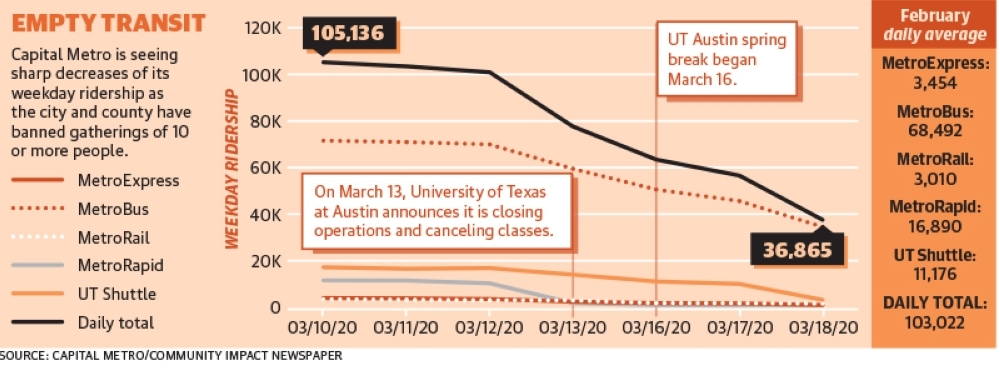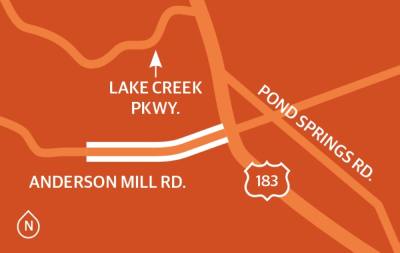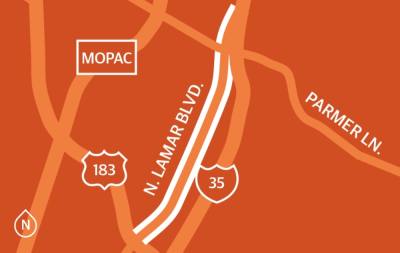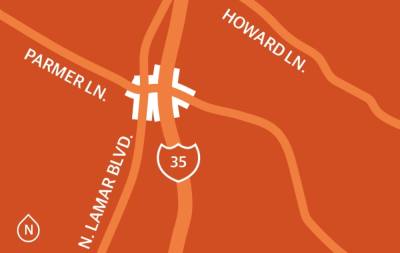Capital Metro ridership nosedives in midst of coronavirus scare
Public transit ridership across Capital Metro’s modes of service experienced sharp declines as a result of the city and county prohibiting gatherings with more than 10 people, workplaces encouraging employees to work from home and restaurants announcing temporary closures, Capital Metro data shows.Dottie Watkins, Capital Metro’s chief customer officer, told the transit agency’s board of directors in a March 17 meeting that on March 16, ridership was down about 40% across all the agency’s services.
On March 18, the transit agency released numbers showing ridership usage dropped significantly from the previous week.
Capital Metro estimated 36,865 riders on March 18 used its weekday express, local bus route, rail, rapid express and University of Texas Austin shuttle systems. One week prior, the agency counted 103,379 people using the same lines.
In an effort to respond to the safety concerns while still keeping service operating for those who need access to transit, Capital Metro announced a limited service schedule would start March 18.
Most MetroBus and MetroRapid routes will operate on Sunday schedules. Watkins said a few routes that normally do not operate on Sundays are going to be added.
MetroAccess, a shared-ride service, will align with this schedule.
MetroRail service will continue its weekday daytime schedule but will not offer late-night Friday or Saturday service. The service does not run on Sundays. MetroFlyer and MetroExpress routes will be reduced to about half their scheduled trips.
On-demand pickup service will operate between 10 a.m. and 6 p.m.

Capital Metro President and CEO Randy Clarke said the agency should brace for a financial impact due to revenue losses in both ridership fares and sales tax revenue. When the agency was created in 1985, voters agreed to fund Capital Metro in part through a 1% sales tax applied throughout the agency’s service area.
“Financially, there is no question ... this is going to be a significant hit for Cap Metro,” Clark said. “I think we need to be thinking of this as a marathon, not a sprint. All our posture has been based on that.”
Clarke said Capital Metro is set up financially as well as possible, with three months of emergency reserves available.
State secures $4.3B to fund I-35 improvement through core of downtown
The 8-mile stretch of I-35 through Central Austin may be getting its first significant upgrade in nearly 50 years.On Feb. 27, the Texas Transportation Commission authorized a plan to allocate $4.3 billion to kick-start what the state calls the Capital Express Central project—which would add two nontolled managed lanes, or carpool lanes, through downtown Austin from US 290 East to Hwy. 71.
The commission this spring would allocate the funds by officially updating the Texas Department of Transportation’s Unified Transportation Program. The UTP is a planning tool that signals the projects TxDOT expects to take on in the next
10 years and identifies funding.
Brian Barth, TxDOT’s director of project planning and development, said construction could start in 2025, and the estimated length of the project is expected to be about four years.
The work is part of a larger $7.5 billion project to upgrade I-35 through Williamson, Travis and Hays counties. Work on the north and south sections of that project, expected to cost about $700 million, is scheduled to start in 2022.
“Any further delay in funding improvements to I-35 is simply unacceptable,” TTC Chair J. Bruce Bugg said.
In a statement provided to the commission, state Sen. Kirk Watson, D-Austin, called the billions of dollars on their way into the I-35 project “long overdue, but greatly appreciated” and called the project “a multi-generational commitment.”
In August, when the commission approved its 2020 UTP, Watson encouraged the commission not to move forward in a way that would make toll roads impossible.
Part of the TxDOT project funds will come from Proposition 1 and Proposition 7 revenue, which Texas voters approved in 2014 and 2015. In 2017, Texas Gov. Greg Abbott and Lt. Gov. Dan Patrick said they would not support any Proposition 1 or Proposition 7 funds going toward tolled projects.
Anderson Mill Road
UPDATE April 1: This article has been update to accurately reflect the opening date for bids.
On April 9, the city of Austin will open bids for construction of the Anderson Mill Road widening project between Spicewood Parkway and US 183.
Timeline: summer 2020-21
North Lamar Boulevard
Lane closures began in mid-February at Fairfield Drive and in early March at West Powell Lane. Intermittent lane closures will continue throughout the spring.
Timeline: December 2019-2024
Parmer Lane diverging diamond
In February, crews began widening the Parmer Lane bridge and installed the beams for the bridge in mid-March. Crews are now working on the southbound bypass lane on I-35.
Timeline: July 2019-mid-2021








